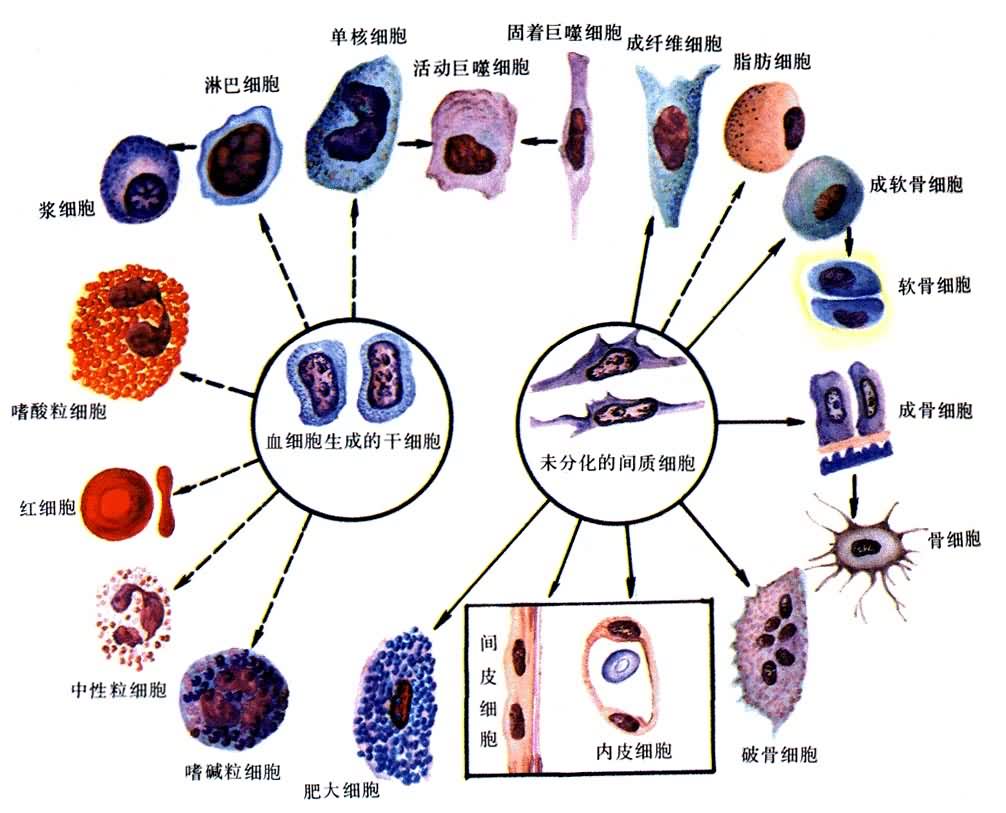1) situation type


情状类型
1.
It proposes that:(i)the implied agent of middle verb is arbitrary referential;(ii)two natures,the stative situation type and the generic meaning proposition can be found in middle constructions;(iii)the sentence initial NP of middle construction is generic with respect to referential meaning;and(iv)the sentence pattern meaning of middle constructions can be generalized as following:whenever .
本文讨论中动句 NP+VP+AP 在语义表达方面的特点,包括:1)中动词隐含的施事在语义指称上的任指性特点;2)整个句子所表达的情状类型的状态性特点和命题的通指性特点;3)句首 NP 在语义指称上的通指性特点;4)中动句的句式意义:"在‘V’‘NP’的时候,‘NP’通常‘AP’"。
2.
Sentences with verb reduplication are perfective semantically and indicate both situation type and viewpoint.
汉语的体系统可以由三个层面组成 :底层为基本的情状类型构成的情状体 ;中层为情状 /视点复合体 ,包括动词重叠所表示的短时体、“起来、下去”所表示的始续体和延续体 ;上层为视点体 ,汉语中包括分别由“在、着、了、过”标记的进行体、持续体、现实体、经历体。
3.
In the perspective of grammar research for teaching Chinese as a foreign language,this thesis, which is based on the situation type theory, starting from the aktionsart classification of verbs, studies the following issues.
本文在对外汉语教学语法研究的视角下,以情状类型理论为基础,从动词的时间特征分类出发,描写了被字句中的谓语动词对其后连带的定界成分的选择性,概括了被字句动词组的语义特征,分析了被字句谓语动词与其连带的定界成分的选取关系,论述了被字句动词组应具有表达与[+终结性]密切相关的语义特征以及此语义特征的实现制约着被字句动词组中的动词和其后的定界成分的互选的基本认识,并提出了用于衡量不同动词进入被字句时对定界成分需求强弱的“定界度”的概念。
2) Type of Plot


情节类型
1.
Type of Plot in the Story of Mu Lian Saving his Mother and the Mechanism of Development;


目连救母故事的情节类型及其生长机制
4) type of emotion


情绪类型
5) situation type


情景类型
6) diatypic situation


类型情景
1.
Each of the sentence in a language expresses a specified diatypic situation with specific meaning.
语言中的每一语句都表示着一定的类型情景,有着一定的类型意义。
补充资料:血液有形成分各种类型的血细胞虚线指示中间类型的细胞。
李瑞端绘
[图]

说明:补充资料仅用于学习参考,请勿用于其它任何用途。
参考词条